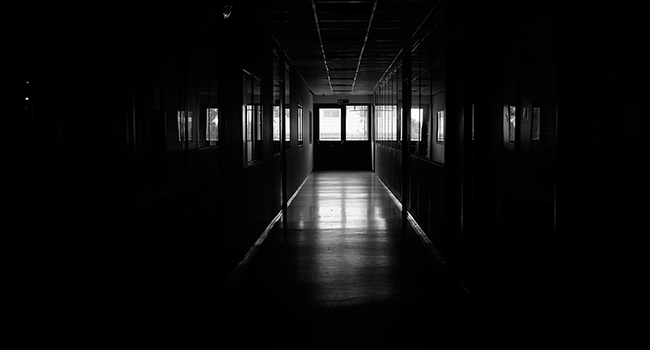
Hood College Practices First-Ever Active Shooter Drill
An alert was sent out campus-wide just after 8:45 a.m. on Wednesday, telling students, faculty and staff to shelter in place. The text identified the exercise as a drill that the school had planned and previously announced.
- By Jessica Davis
- February 11, 2019
Hood College practiced its first-ever active shooter drill on Wednesday as part of its efforts to implement a safety plan for students and staff in case of a serious, emergency situation like a shooter on campus.
An alert was sent out campus-wide just after 8:45 a.m. on Wednesday, telling students, faculty and staff to shelter in place. The text identified the exercise as a drill that the school had planned and previously announced.
According to a team of assessors who toured the campus during the 20 minutes the alert was active and the drill was ongoing, the campus community reacted appropriately.
“You did see people scrambling to get indoors as the initial drill came out, but once we started the drill and sent out the announcement, we didn’t see too much movement or activity at all,” said Thurmond Maynard, the director and chief of campus safety.
After the drill, Maynard and the team of assessors debriefed and reviewed the notes each participant took during the exercise. Maynard said the college plans to analyze the notes and the observations discussed during the debriefing in order to identify how to improve the emergency plan moving forward.
The assessment group included two representatives from the Frederick Police Department, including Lt. Paul Beliveau, the commander of the department’s Special Operations Division. The college began work on the emergency plan by itself, but city police have been partnering with the school for about six months, Beliveau said.
“With drills, it’s baby steps. It can’t be a large leap, it’s got to be small steps, and that’s what they’re doing now,” Beliveau said. “But I think it’s important to note that a lot of institutions of higher learning and colleges aren’t taking the sort of steps that Hood College is. ... So this was absolutely fantastic.”
Several students participated in the assessment Wednesday, including Eric Scheller, who is a resident assistant and senior criminology major. Scheller was assigned to do a walkthrough of one of the upperclassman dorms and look for signs that students had followed the drill guidelines, including locking their doors, turning off their lights, and blocking off and avoiding windows.
“I didn’t really see too much,” Scheller said. “But most people understood what the drill was because obviously the alert went out and so most people knew what to do.”
Olivia White, the college’s vice president of student life and dean of students, said the emergency plan is in its early stages and can be revised and changed. Unannounced drills could be used to test the campus’s preparedness in the future, she said.
White was present for the briefing before and after the drill, but during the drill White and her assistant were sheltering in place in their office.
“Believe it or not, we did not talk at all during the drill,” White said. “There were phones that were ringing, but we did not answer them, because this was something that we were taking extremely seriously.”
About the Author
Jessica Davis is the Associate Content Editor for 1105 Media.